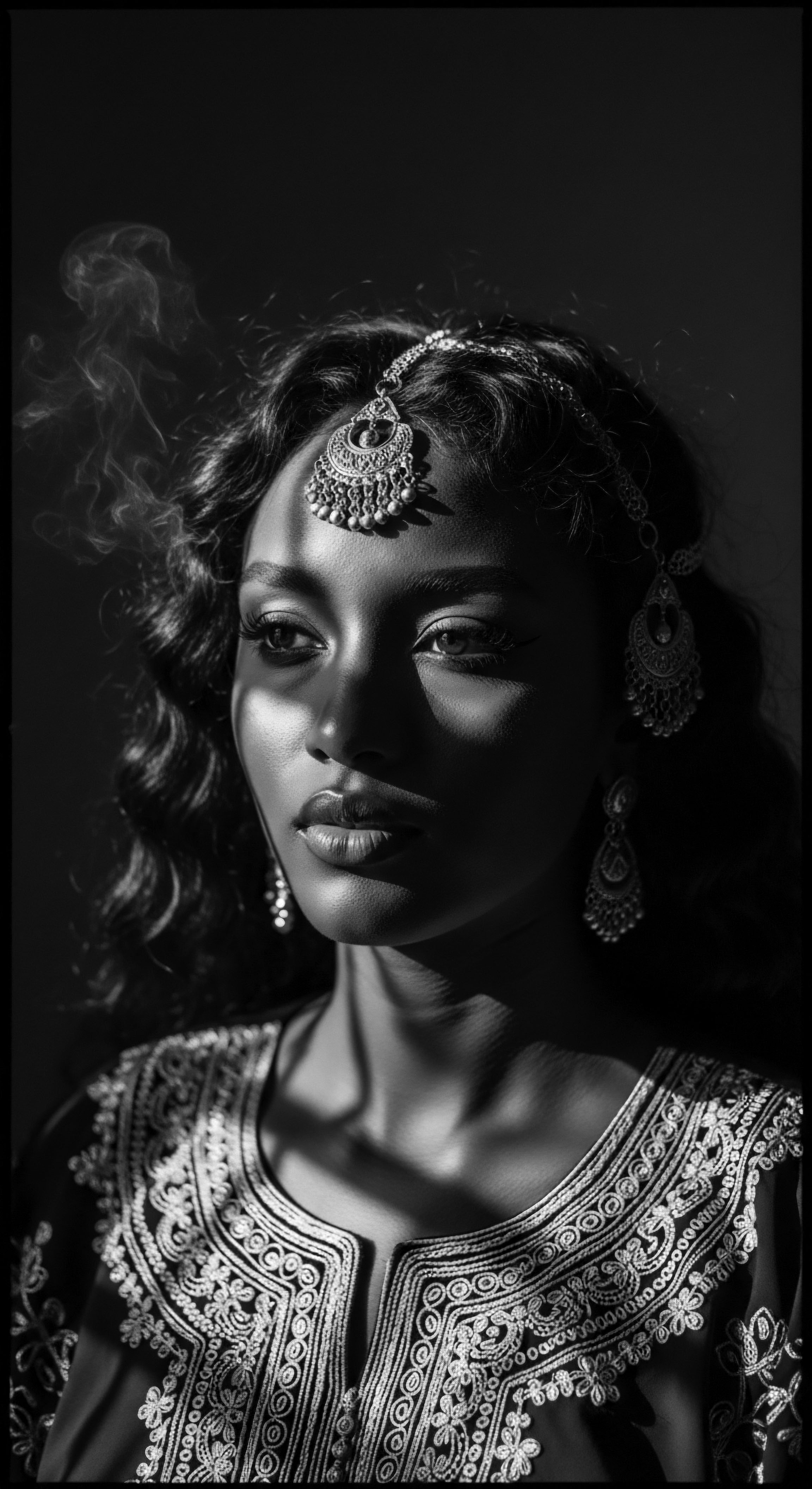
How do hair follicles vary in textured hair?
Textured hair follicle variations, from elliptical shapes to curved growth, are an inherited heritage influencing curl patterns and care needs.

Earth Shield
Meaning ❉ The Earth Shield is the inherent protective capacity of textured hair, profoundly shaped by ancestral knowledge and cultural care practices.

In what ways do historical textured hair care practices resonate with modern trichology?
Historical textured hair practices align with modern trichology by intuitively addressing anatomical needs, validating traditional ingredients, and affirming the protective benefits of ancestral styling methods.
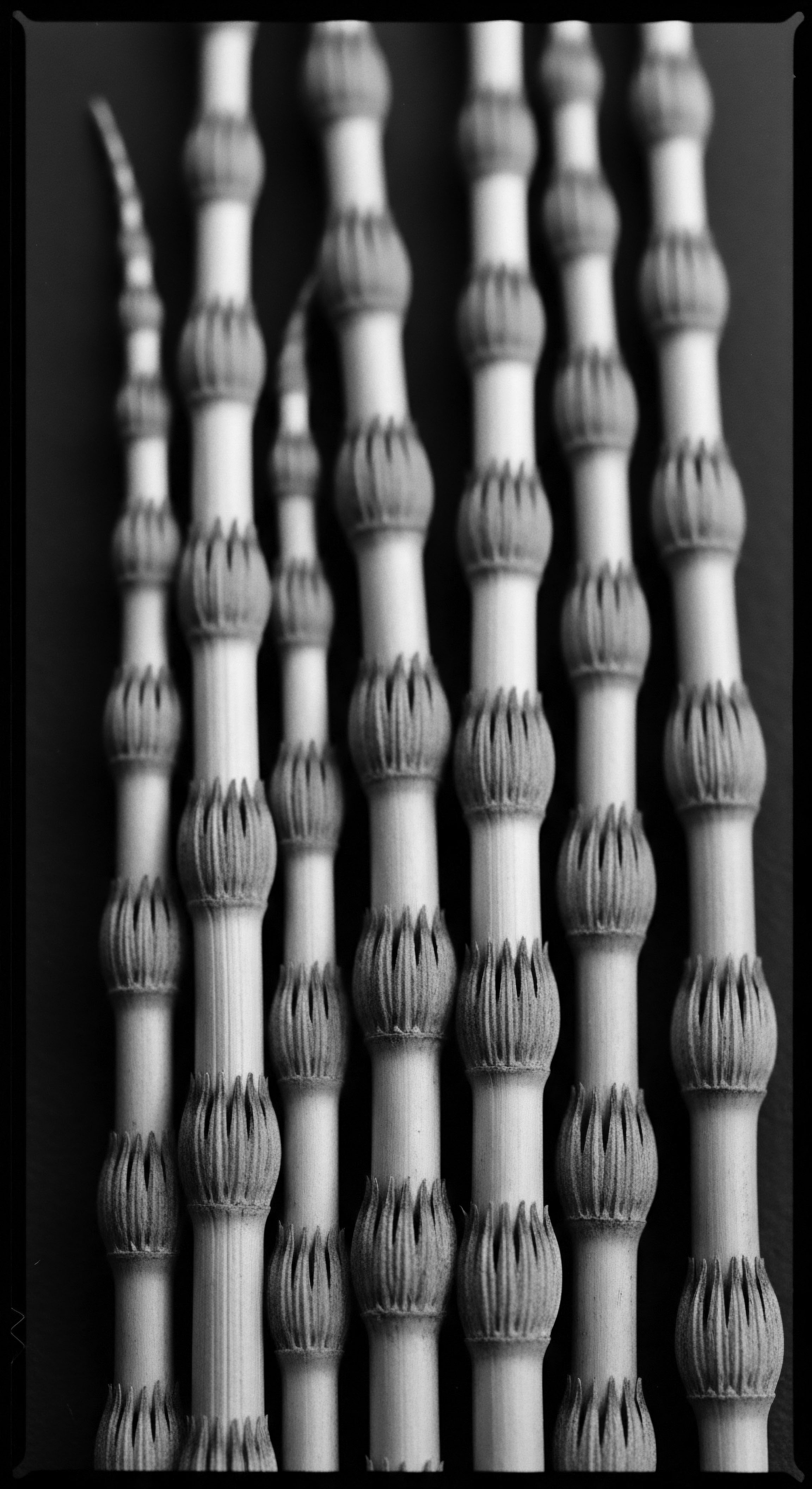
What historical materials protected textured hair from sun?
Ancestral communities used natural materials like oils, clays, and head coverings to shield textured hair from sun.
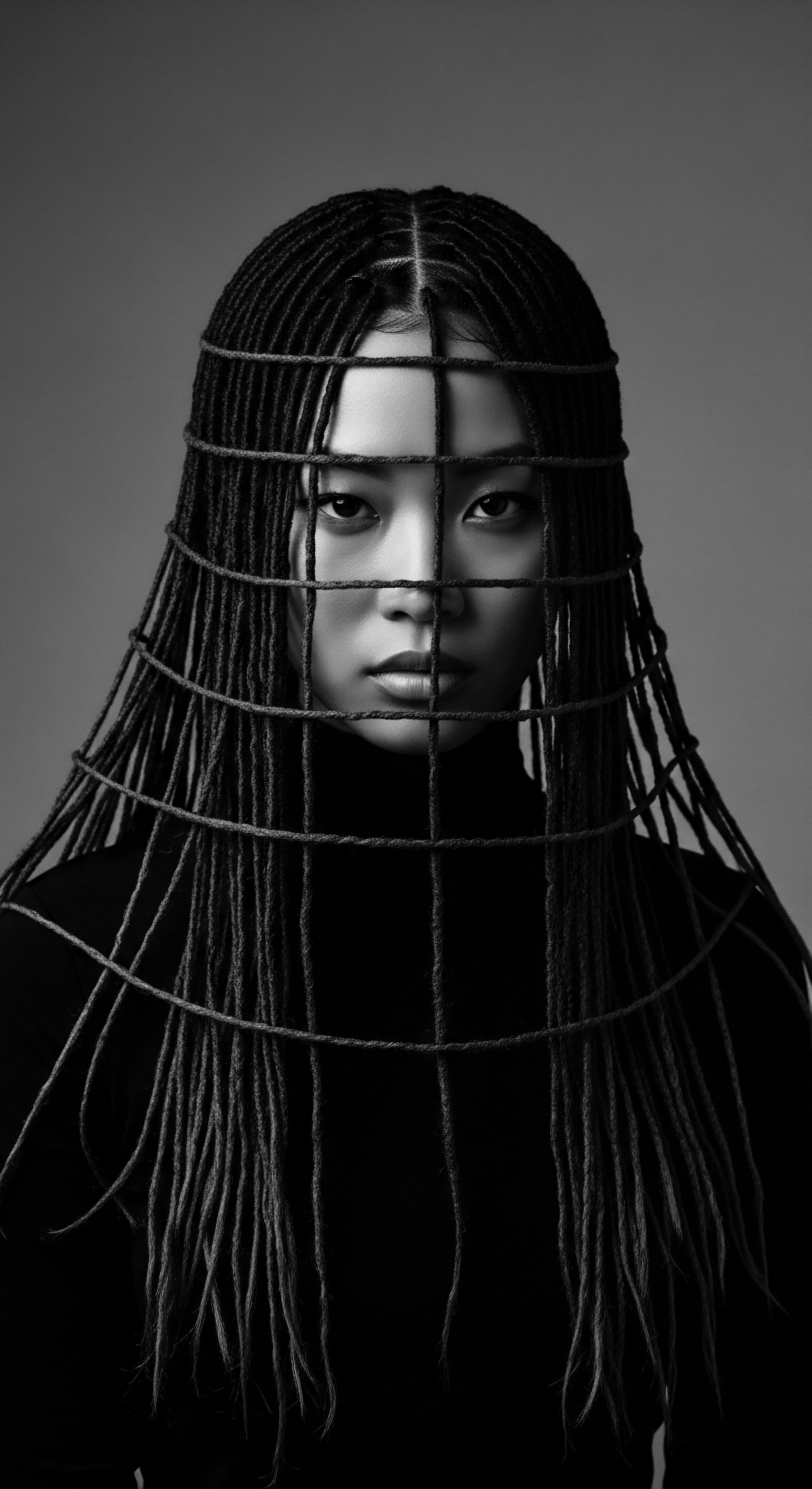
What is the biological basis of protective styling’s heritage?
Protective styling's heritage arises from textured hair's biological needs, historically met through ingenious cultural practices preserving its health.

How did ancestral customs shape textured hair?
Ancestral customs profoundly shaped textured hair through ancient care rituals, symbolic adornment, and practices deeply rooted in heritage and community.

What is the historical significance of textured hair traditions?
Textured hair traditions reveal a historical chronicle of identity, resistance, and cultural expression across the African diaspora.
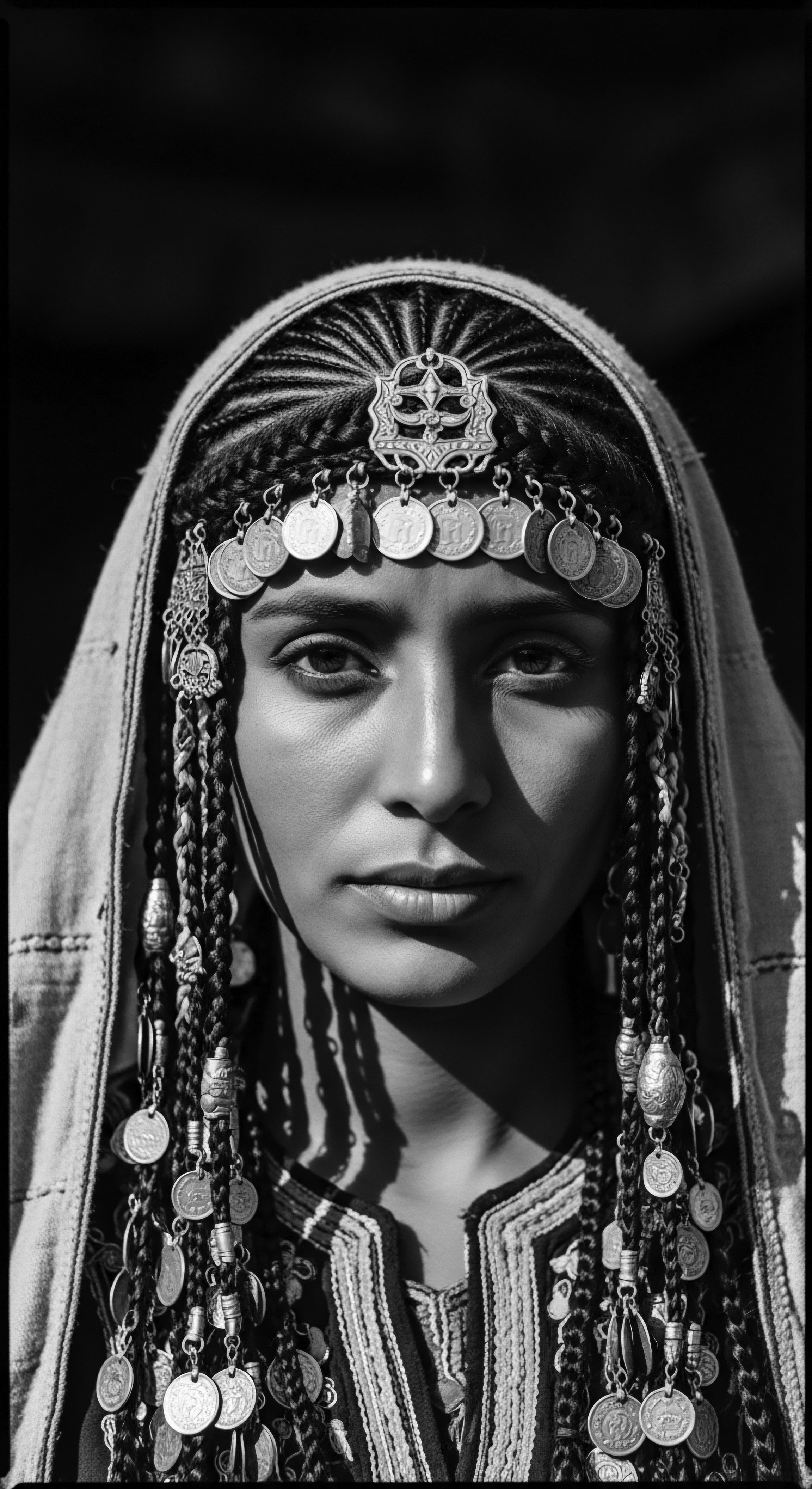
Keratin Oxidation
Meaning ❉ Keratin oxidation is the chemical alteration of hair's protein structure, primarily its disulfide bonds, leading to weakened strands and increased porosity.

How do oils truly hydrate textured hair?
Oils shield textured hair by forming a protective layer, preserving existing moisture, a practice rooted in ancestral heritage.
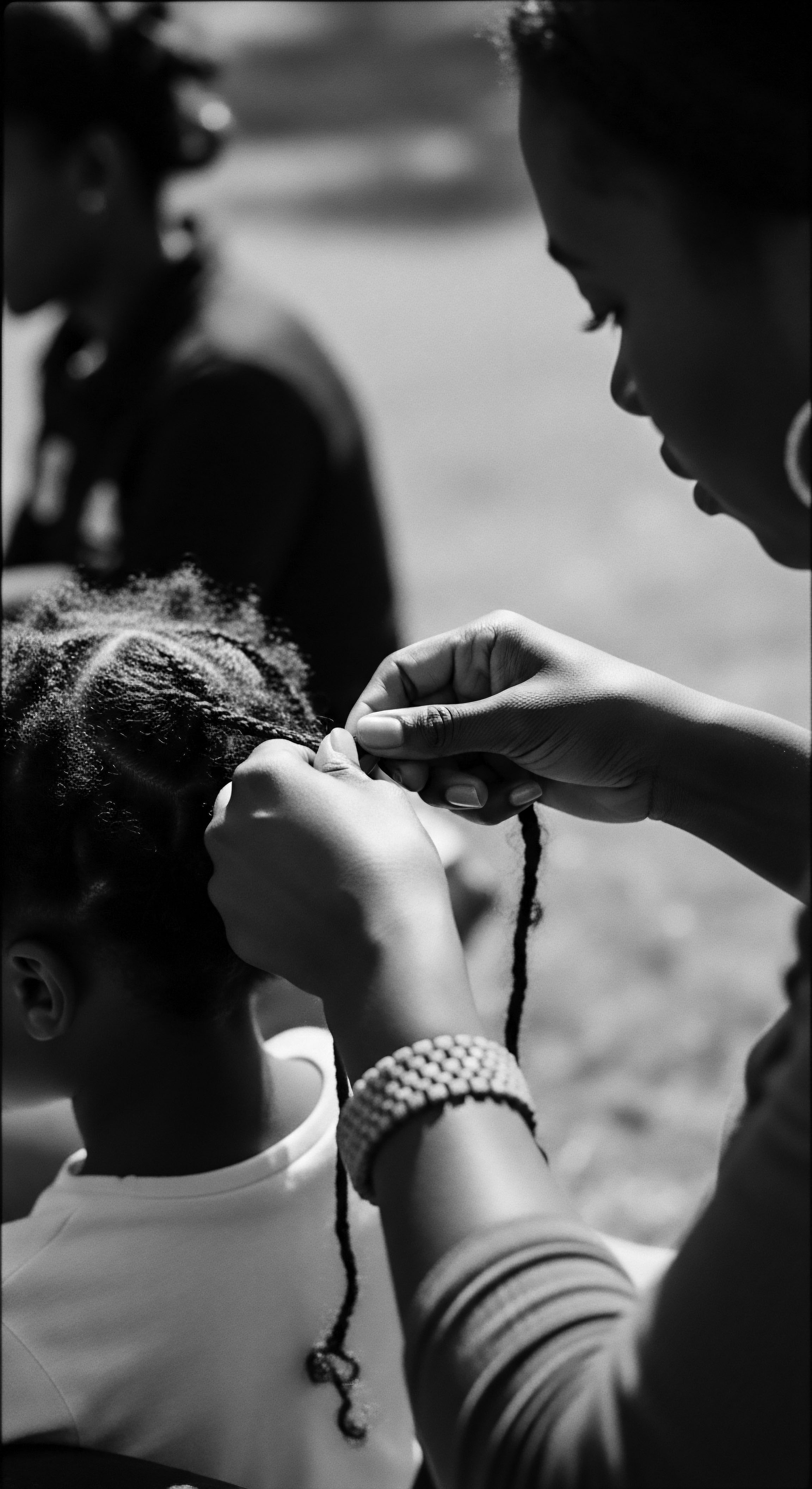
In what ways do ancestral African hair care practices influence current textured hair routines?
Ancestral African hair care profoundly shapes current textured hair routines through shared practices of natural ingredient use, protective styling, and deep cultural reverence for hair's heritage.

How did ancient African societies maintain textured hair?
Ancient African societies maintained textured hair through meticulous rituals, natural resources, and protective styling, reflecting deep cultural heritage.
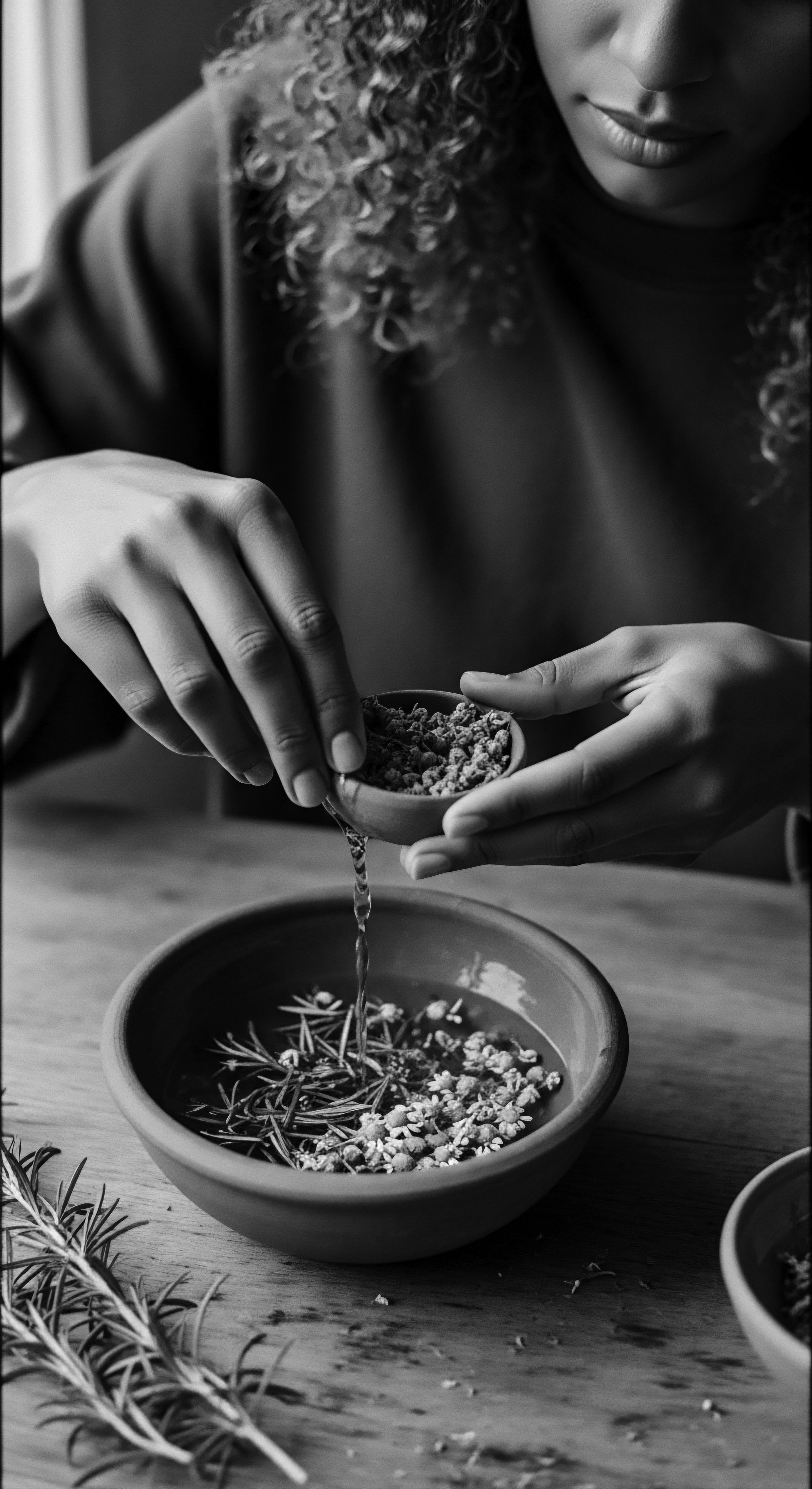
What ancient cleansing practices involving clay shaped textured hair heritage?
Ancient cleansing practices involving clay shaped textured hair heritage by providing gentle, mineral-rich cleansing that respected hair's natural balance.

